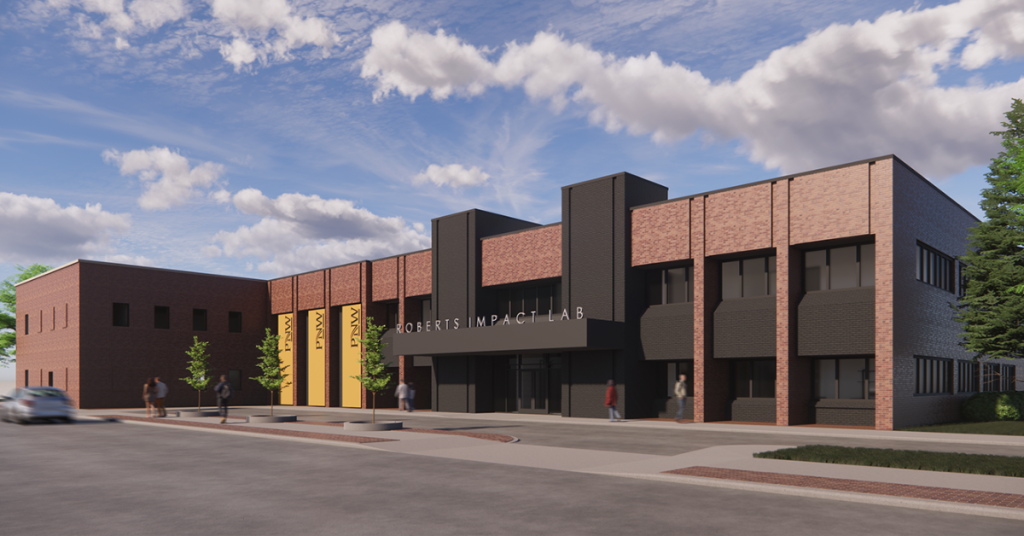Last year, the State of Indiana Chamber of Commerce produced a report that was reviewed and assessed by the Indiana Department of Workforce Development and the Indiana Department of Education, with an outcome suggesting that there be regional efforts to align adult education with workforce and economic development.
In Northwest Indiana the Center of Workforce Innovations and the Northwest Indiana Workforce Board (NWIWB) together, have taken on the roll of convening and facilitating a task force to lead this charge. Their proposed objective is to have a system that would address gaps in service provision and delivery; increase the number of people accessing services; improve outcomes of students; and connect completers with post-secondary education and/or employment. Sustaining the resources to service clients will also be woven into the long-range plan and system that the task force will formulate.
Through the work of this 7-county task force comprised of community and local leaders, adult education experts, and workforce and economic development specialists and I could confidently say that the plan is beginning to take shape. And, although developing and working the plan in order to reach the objective may be considered challenging, I would describe this effort as a collaboration of expertise and efforts that points to success!
We’re also pleased to announce that the plan will be ready in May 2010.
Now here is a quick glance at Indiana Adult Education Programs in 2008:
- Approximately 40,000 students are enrolled in adult education each year.
- Students are served by approximately 85 adult education programs throughout the entire state.
- Majority of learners are between the ages of 25-44 and 25% are 16-18 years old.
- Less than 25% of the learners are functioning at the 9th grade level or above when they enter the program.
- Students attend to improve academic skills in reading, writing, and math. They average 84 contact hours in class.
- Nearly half of all enrolled students during the program year complete one or more educational functioning levels as measured by standardized assessment. A level is about two grades.
- Learners set goals related to employment, high school/GED diploma attainment, and post-secondary education or training.



